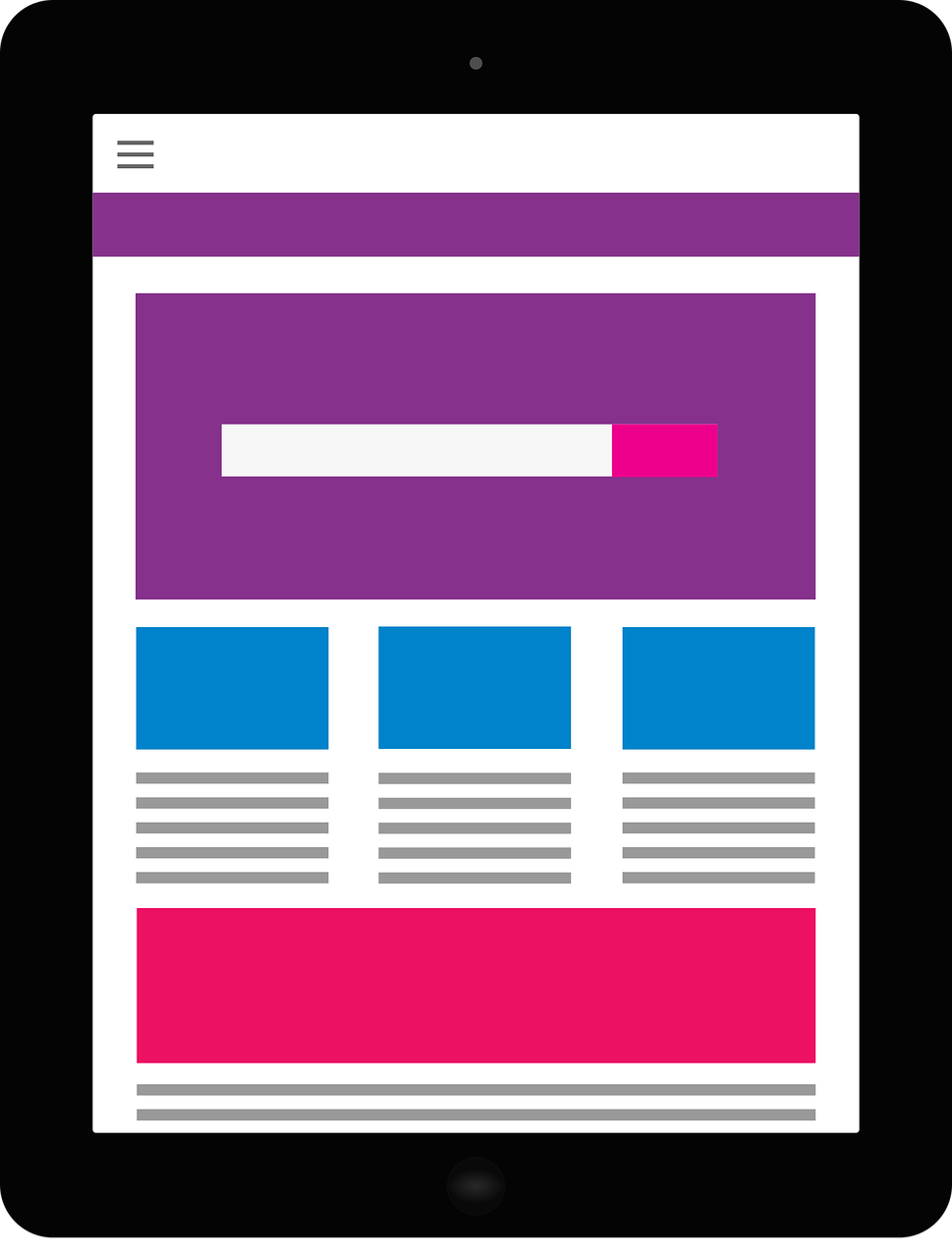 News, articles and information about digital innovations
News, articles and information about digital innovations
Technology Enhanced Learning bulletin from HEE KM team.
NHS Digital Transformation Blog
NHS Accelerated Access Collaborative
NHS England Clinical Entrepreneur Programme
Content out of date? Information wrong or not clear enough? Report this page.
